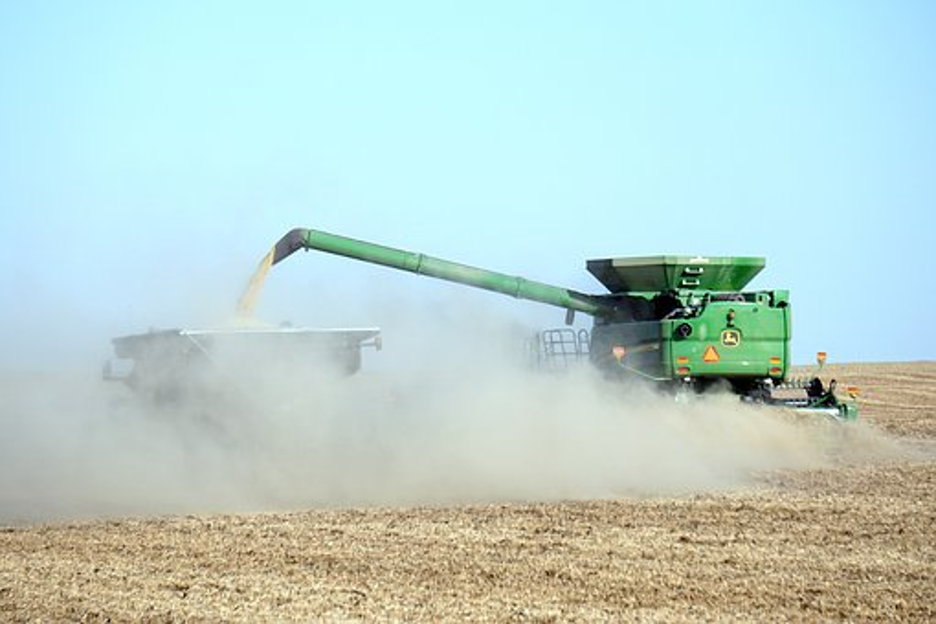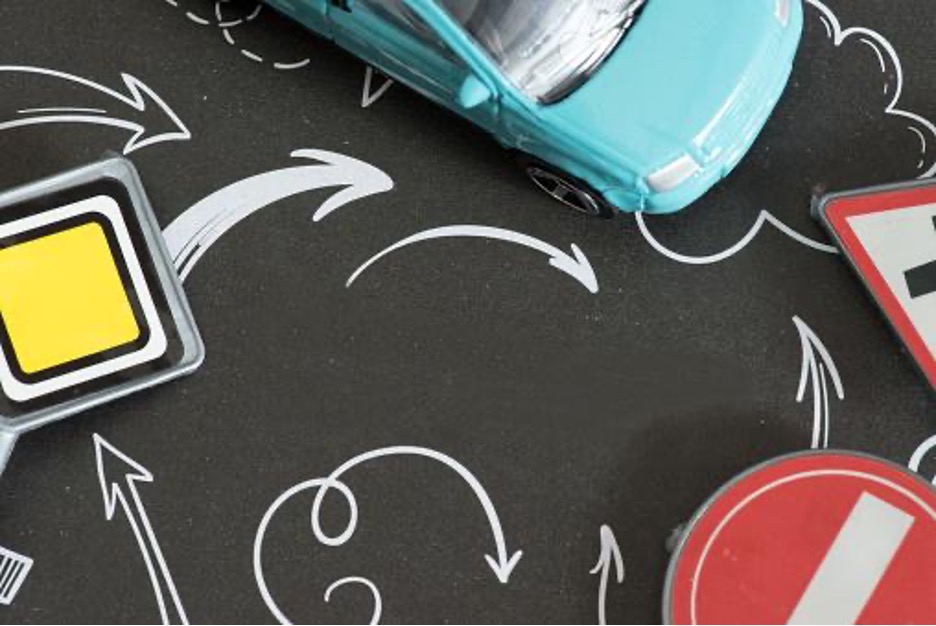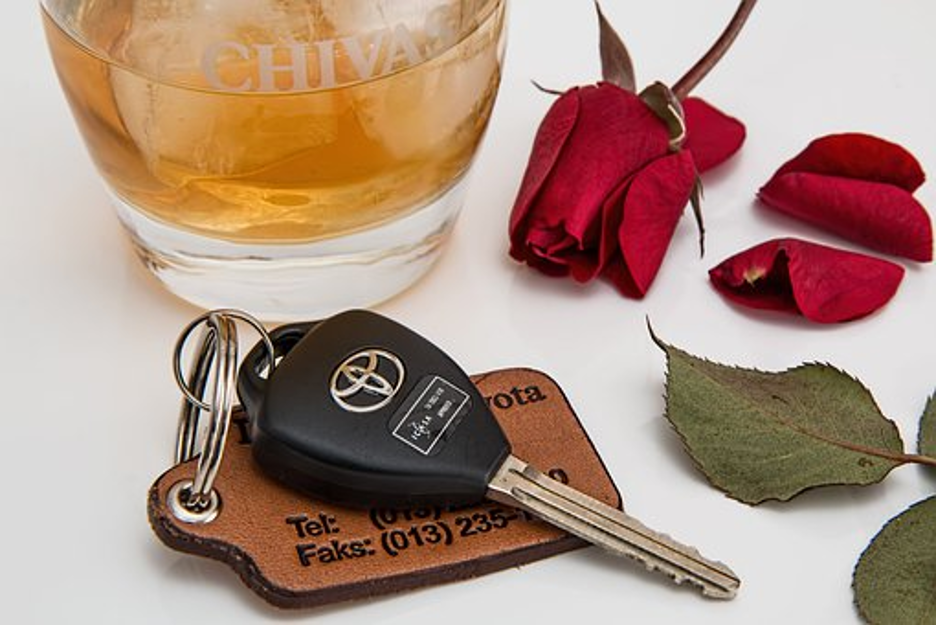Last month, we wrote a blog on how some driving laws differ by state. Keeping track of these different rules can be confusing and frustrating, but knowing the laws wherever you drive is important.
So, in this article, we will continue where we left off and go over a few variations in U.S. driving laws from state to state.
The Basic Driving Laws Every US Driver Should Know
In your drivers education class, you learned about basic driving laws on licensing, driving while intoxicated, speeding and the like. These rules are implemented in most states but with certain variations.
DUI Laws
One area that can be confusing is alcohol limits. The legal limit for blood alcohol content (BAC) is .08% nationwide. However, some states have what is called a “zero tolerance” law. This means that if you are caught driving with any trace of alcohol in your system, you can be charged with a DUI.
Some states that implement the “zero tolerance” law are Alaska, Arizona, Arkansas, Colorado, Delaware, Georgia, Idaho, Illinois, Indiana, Iowa, Kansas, Kentucky, Louisiana, Maine, Michigan, Minnesota, Mississippi, Missouri, Montana, Nebraska, Nevada, New Hampshire, New Jersey, New Mexico, North Carolina, North Dakota, Oklahoma, Oregon, Pennsylvania, Rhode Island, South Carolina, South Dakota, Tennessee, Utah, Vermont, Virginia, Washington, West Virginia, Wisconsin, and Wyoming. So, if you’re planning on drinking, it’s best to avoid driving altogether in these states.
Seat Belt Laws
In most states, everyone in the car is required to wear a seatbelt. However, there are a few exceptions.
In New Hampshire, for example, adults in the front seat are not required to wear seatbelts. In South Dakota, children under 18 are not required to wear seatbelts.
Distracted Driving Laws
There are also some variations in distracted driving laws, particularly the use of mobile devices while behind the wheel.
As we mentioned in our previous blog, California has a law against using a handheld cell phone while driving. But in Nebraska, there is no such law. So, if you’re driving in Nebraska, you can use your cell phone. However, it’s always best to exercise caution and not use any mobile device while driving, regardless of what the law says.
Keep Right Laws
Nearly all states implement this fundamental driving law: driving on the right side of the road. All states, except Alaska and Hawaii, require drivers to operate their vehicles on the right side of the road. This law is in place so cars can travel in the same direction and avoid head-on collisions.
Curfew Laws for New Drivers
Every state has some form of a curfew for new drivers. The time varies per state, but most have it between 11 PM and 5 AM. There are some states with curfews as early as 9 PM, however.
Below are the curfew hours in each state:
- Alaska – 1 AM
- Arkansas – 11 PM
- California – 11 PM
- Connecticut – 11 PM
- Delaware – 10 PM
- Florida – 11 PM
- Georgia – 12:30 AM
- Hawaii – 10 PM
- Idaho – 1 AM
- Iowa – 12 AM
- Kansas – 11 PM
- Kentucky – 11 PM
- Louisiana – 11 PM
- Maine – 12 AM
- Maryland – 11 PM
- Massachusetts – 12 AM
- Michigan – 12 AM
- Minnesota – 10 PM
- Mississippi – 11 PM
- Missouri – 1 AM
- Montana – 10 PM
- Nebraska – 1 AM
- Nevada – 10 PM
- New Hampshire – 1 AM
- New Jersey – 11 PM
- New Mexico – 12:01 AM
- New York – 11 PM
- North Carolina – 9 PM
- North Dakota – 12 AM
- Ohio – 12:01 AM
- Oklahoma – midnight to 5 AM
- Oregon – 12:01 AM
- Pennsylvania – 11 PM
- Rhode Island – 10 PM
- South Carolina – 2 AM
- South Dakota – 1 AM
- Tennessee – 10 PM
- Texas – midnight to 5 AM
- Utah – 1 AM
- Vermont – 11 PM
- Virginia – midnight to 4 AM
- Washington – 1 AM
- West Virginia – 10:30 PM
- Wisconsin – 12:30 AM
- Wyoming – 10 PM
As you can see, there is quite a bit of variation in curfew hours from state to state. It is essential to be aware of the curfew in the state you are driving in so that you do not get pulled over and ticketed.
If you get a ticket, you can attend traffic school to keep the points off your record. You can also take a defensive driving course, which may give you a discount on your car insurance.
State-Specific Driving Laws in the United States
In our previous blog, we tackled the road rules in the following states:
- California
- New York
- Alabama
- Arkansas
- Connecticut
- Delaware
- Florida
- Idaho
- Iowa
Now, let’s take a look at specific traffic laws in the other states:
Kansas Driving Laws
It is illegal to drive with an open container of alcohol in the vehicle. This means that even if you have finished your drink, you cannot leave the bottle or can in the car. If caught driving under the influence of alcohol in Kansas, you could face a jail sentence of up to six months.
Another unusual law in Kansas is that drivers must yield to pedestrians crossing the street in a crosswalk, even if the crosswalk is not marked.
Another noteworthy thing about Kansas traffic laws is the penalties for traffic violations. To be specific, in Kansas, the penalties for breaking traffic laws are much harsher than in other states. For example, if you are caught speeding in Kansas, you could face a fine of up to $500.
Got a traffic citation or ticket? Take our Kansas Traffic School course to brush up on your driving knowledge and stay safe on the road.
Kentucky Driving Laws
The Bluegrass State has a few unique traffic laws that drivers should be aware of. For example, it is illegal to honk your horn in a residential area for any reason other than as a warning of danger. If you are caught honking your horn for no good reason, you could be fined up to $50.
In Kentucky, it is also against the law to drive without your headlights on from sunset to sunrise. This law is in place so drivers can be seen more easily by other motorists and, consequently, avoid accidents. If you are caught driving without your headlights on, you could be fined up to $25.
Want to learn more about the road rules in Kentucky? Enroll in our Kentucky traffic school online course!
Louisiana Driving Laws
The Bayou State has an ‘Open Container’ law wherein it is illegal to drive with an opened container of alcohol in your vehicle. If caught breaking this law, you could be fined up to $500.
In Louisiana, it is illegal to pass a school bus that is stopped with its red lights flashing. This law applies to both public and private school buses.
It is also illegal to text while driving in Louisiana. The penalty for this offence is a fine of up to $175.
Want to get a reduction in your insurance? Take our Louisiana defensive driving course!
Maine Driving Laws
In the Pine Tree state, it is illegal to drive without a seatbelt. This law applies to both the driver and all passengers in the vehicle.
It is also illegal to text while driving in Maine. The penalty for this offense is a fine of up to $500.
Take points off your license with our Maine Traffic School online course!
While many of the laws from state to state are similar, you can see that the fines can be quite different. So, if you are driving in a state other than your own, be sure to familiarize yourself with their traffic laws.
These are just some of the differences in driving laws from state to state. Remember, it’s always best to know the law wherever you drive. You can always check our website to know the road rules if you’re ever in doubt.
Do you want to be a safe driver and avoid getting traffic tickets? Take our online driver’s education and traffic school courses! Click here now to send us a message or email us at info@dmvedu.org.
Royalty-free images supplied from PixaBay




